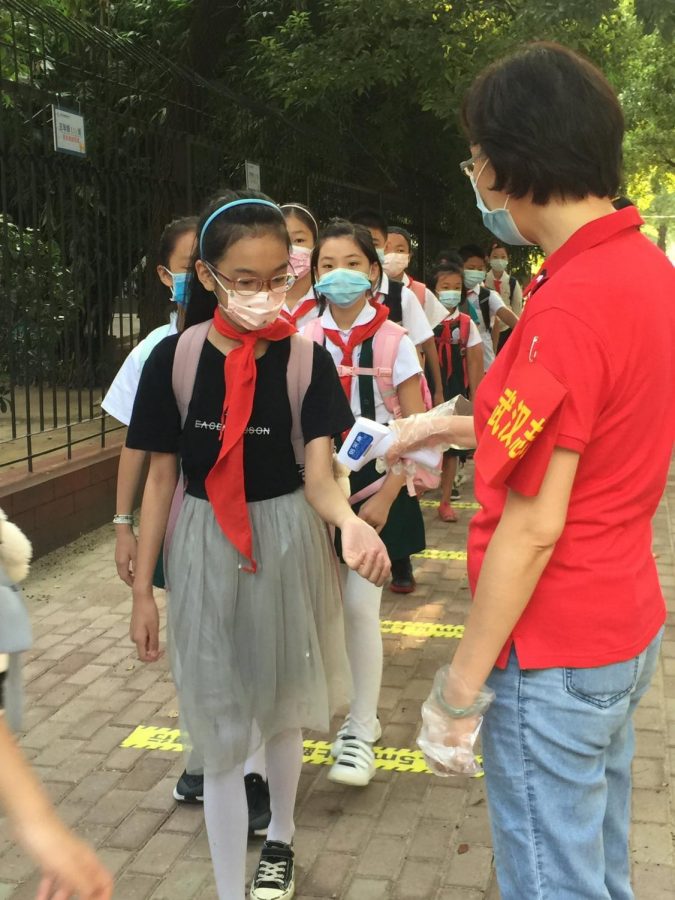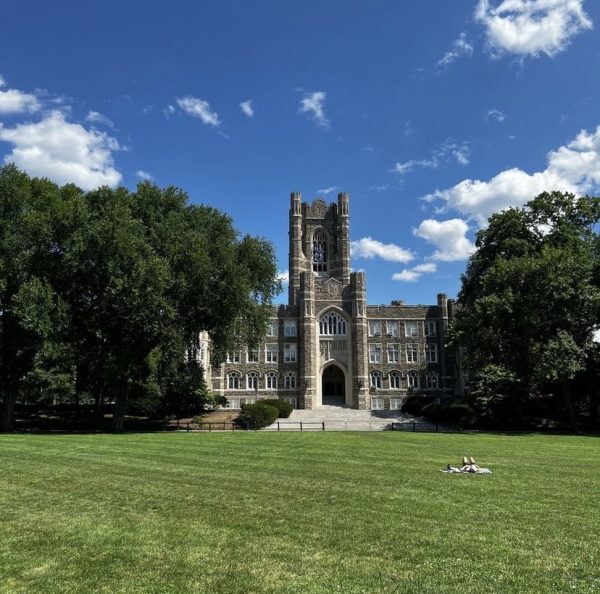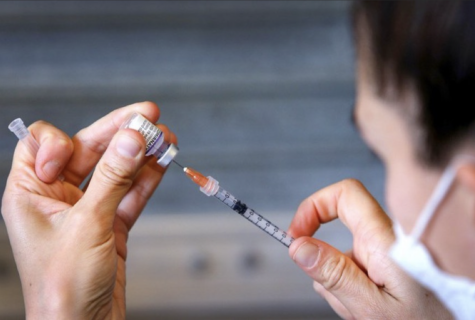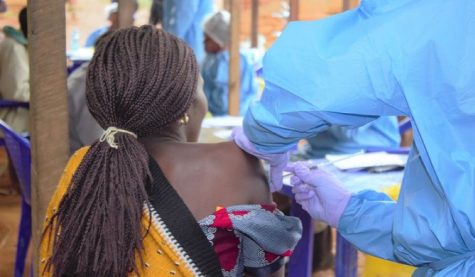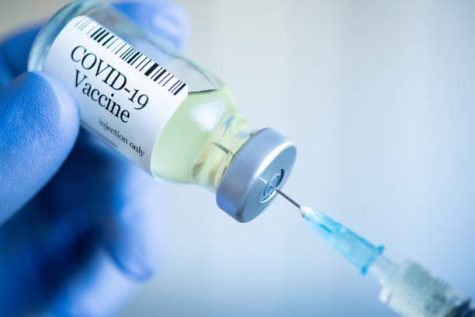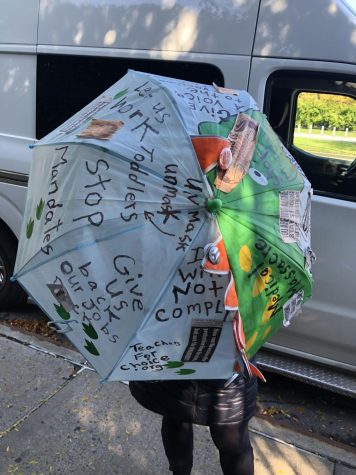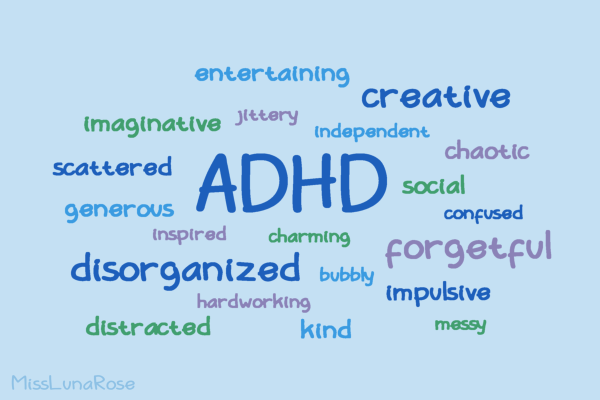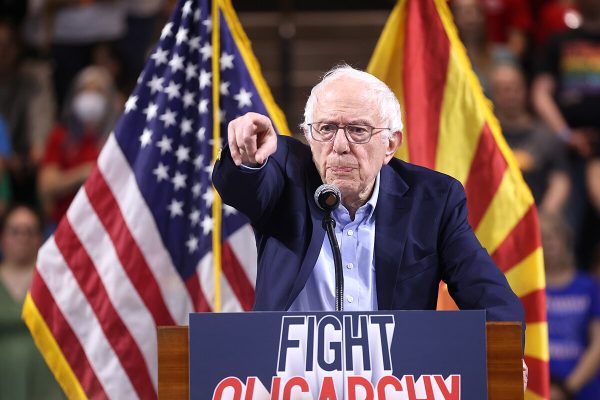Chinese School Reopenings Reflect Complicated COVID-19 Response
On Sept. 18, mainland China, the origin country of COVID-19, reported 14 new cases. The United States, on the other hand, reported 47,136. In China, 4,634 people have died of COVID-19 over the past 11 months, while in the United States, we have lost more than 200,000 people to the pandemic. Yet, despite the alarming differences in the number of cases and deaths, the two countries are both sending their students and teachers back into school this fall, albeit with very different procedures regarding COVID-19.
China was able to control the pandemic swiftly and effectively because of its authoritarian government. An extremely strict lockdown was imposed on citizens and was enforced by “neighborhood committees,” what The New Yorker calls “the most grassroots level of Communist Party organization.” Chinese citizens were allowed to send one household member out to buy necessities every two or three days. If someone was suspected of having contracted the virus, it was not rare for their door to be sealed shut while aggressive contact tracing was conducted. As a result of those stringent policies, the virus was largely contained, and while the citizens may have been unhappy, it appears as though, so far, mass fatalities have been avoided.
Remaining cautious, the Chinese government has enacted numerous guidelines and regulations for its students’ safe return to class. The policies include inspections of classrooms by local party officials and the use of apps to monitor the condition of students and staff, as well as telling parents to stay away from schools in order to stop the spread of germs.
On college campuses, much to the annoyance of the students, lockdowns are enforced that stop students from receiving takeout meals and packages as well as forbidding them from leaving campus. Both teachers and students seem to have had enough of the restrictions, deeming it excessive given that the virus is almost entirely contained. Schools are short-staffed, and teachers are doing a lot of extra work without any compensation. China’s leader Xi Jinping claimed that the nation’s success in containing the virus while still managing to open schools “fully demonstrated the clear superiority of Communist Party leadership and our socialist system.”
The handling of the coronavirus, and the reopening of schools, has been vastly different in the United States, with President Trump repeatedly downplaying the seriousness of the virus amidst ongoing debates about the constitutionality of mask mandates or stay-at-home orders. The U.S. now has had over 6.75 million cases, almost 22% of the entire world’s case count, demonstrating a fundamental mishandling of the pandemic by the U.S. government. However, schools in the United States were never able to consider not reopening this fall. President Trump stated in mid-July that “Every district should be actively making preparations to open.”
This decision was presumably made following guidance from the CDC, who say that “COVID-19 poses low risks to school-aged children — at least in areas with low community transmission.” However, community transmission has been anything but low in the first U.S. schools to open. According to CNN, over the four weeks leading up to Aug. 15, there was a “90% increase in the number of COVID-19 cases among children in the United States.” Schools in several states were forced to quarantine students and teachers after reports of at least 230 cases related to their institutions. That’s not to mention the fact that universities across the country have battled COVID-19 outbreaks since the beginning of the school year, resorting to quarantining entire residence halls or even simply sending all of their students home.
China has sent almost 200 million students back to school, and on Sept. 18, the nation reported roughly 0.03% of the cases that the United States did. The reason for this is the different approaches and policies that the two countries took to combating the coronavirus. With an authoritarian system that can silence critics and opposing viewpoints, China had no trouble locking down the country, imposing effective contact tracing and enforcing mask mandates. While such actions are certainly effective in containing the coronavirus and getting students back in school, among other things, the Chinese government is one that has frequently drawn criticism from groups like Amnesty International for matters unrelated to COVID-19. Authorities in China have reportedly subjected multiple Muslim ethnic groups to arbitrary detention and forced indoctrination.
Furthermore, the government has been known to put LGBTQ+ people through “conversion therapies” as well as restrict freedom of expression, freedom of the press and freedom of religion. If one were to ask, “did the Chinese government contain COVID-19 and limit fatalities?” the answer would be “yes.” However, the answer would also be “yes” if one were to ask if the Chinese government has engaged in gross violations of human and civil rights.
The United States, on the other hand, has had an abysmal federal response to the coronavirus. President Trump has been recorded saying that he “wanted to always play it down,” and government officials have pushed to quickly reopen the economy at the cost of American lives. Perhaps best demonstrating the difference between the Chinese and American government COVID-19 response is a recent statement from U.S. Attorney General William Barr: “Stay-at-home orders, is like house arrest. It’s — you know, other than slavery, which was a different kind of restraint, this is the greatest intrusion on civil liberties in American history.” This outrageous statement demonstrates the ineptitude, bigotry and lack of respect for science possessed by many U.S. government members.
As students return to school in both China and the United States, the facts are as follows: Chinese students don’t have to worry about contracting COVID-19 as much as Americans do. China’s authoritarian system largely eradicated coronavirus and minimized deaths, but provides very few rights to its citizens. America continues to battle with the pandemic, and the government, made up of many people like William Barr, failed to protect its citizens, leaving over 200,000 people dead.
Julian Shuttleworth, FCRH ’24, is a political science major from Columbus, Ohio.



































































































































































































